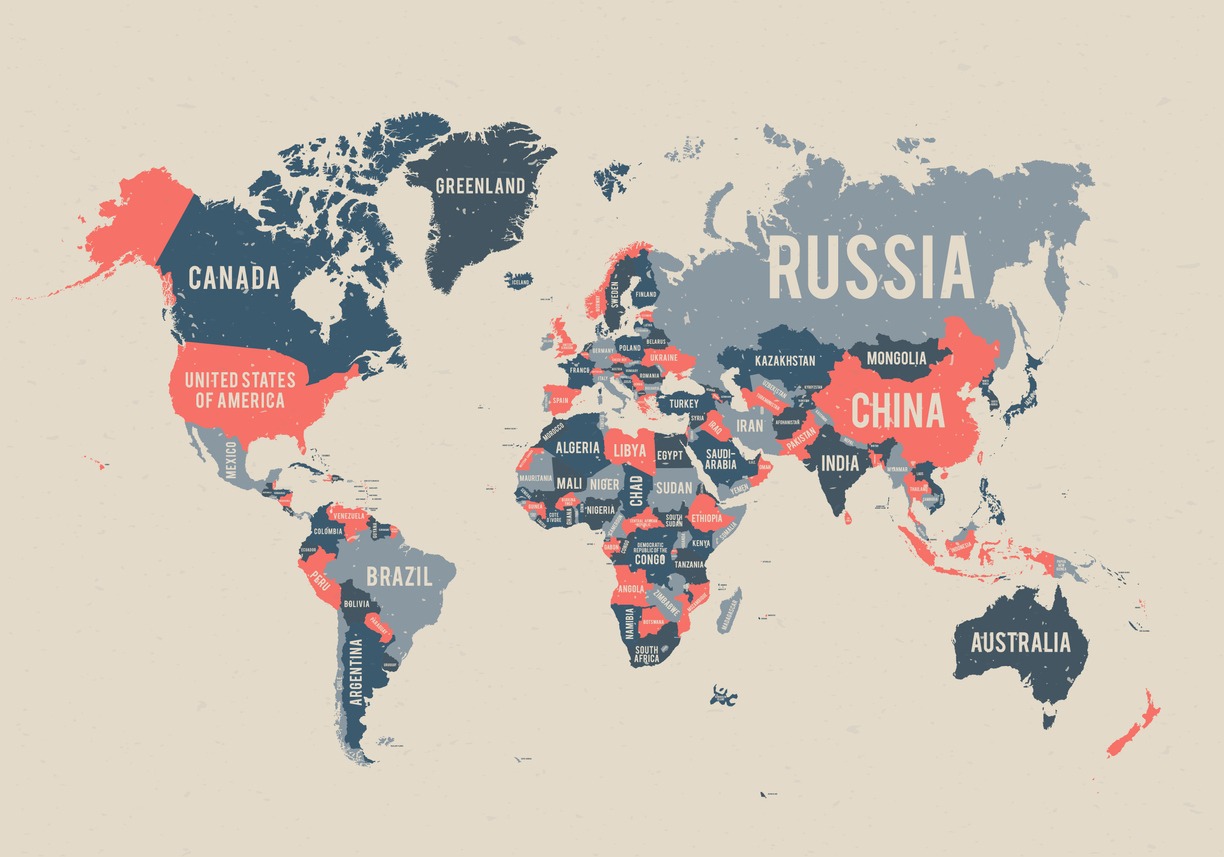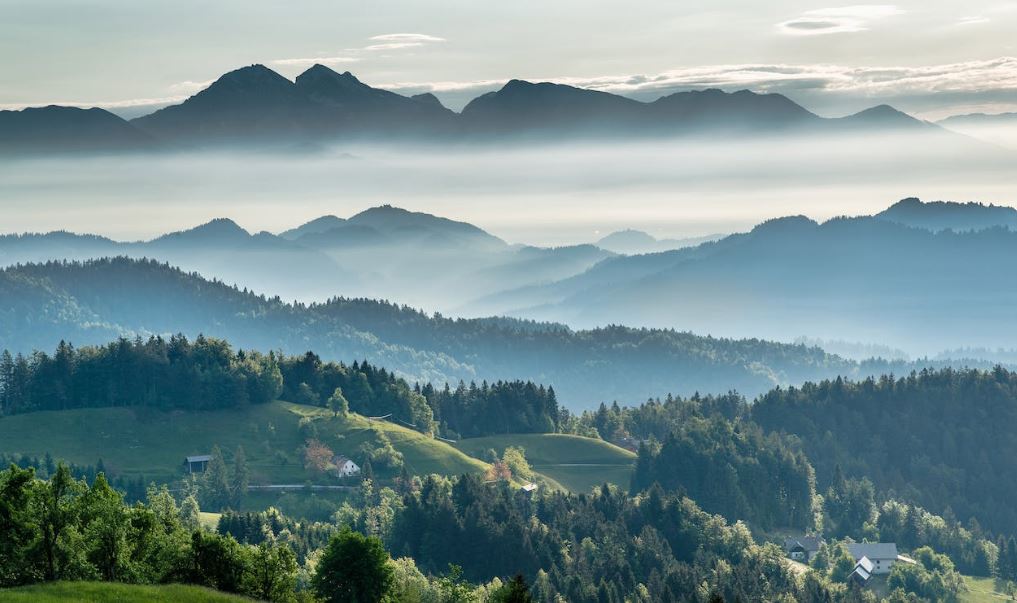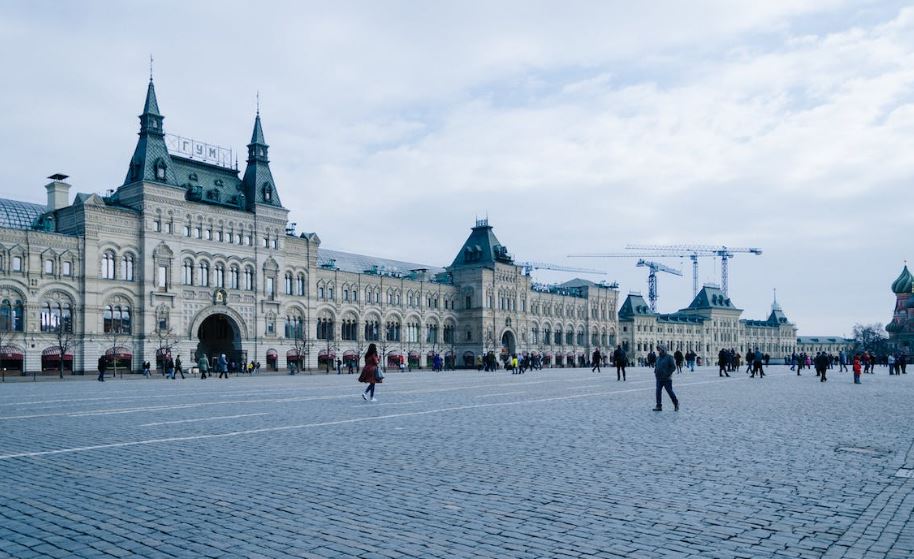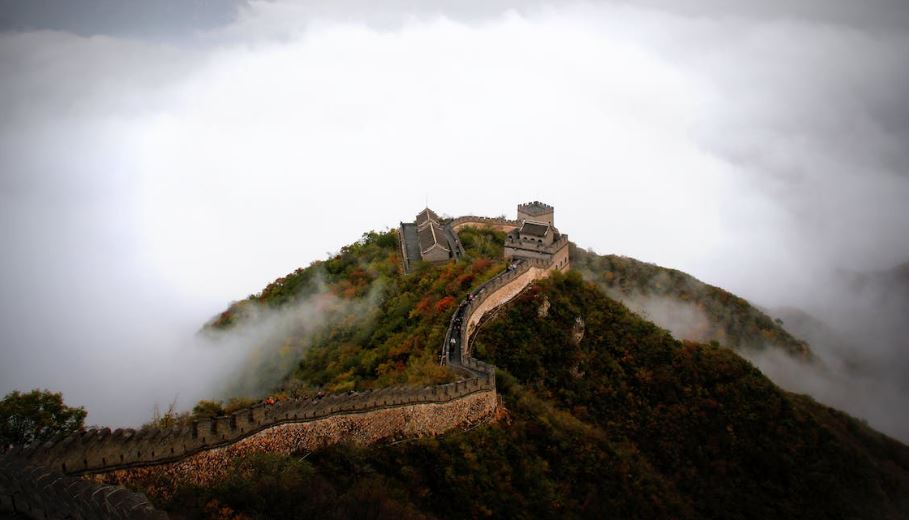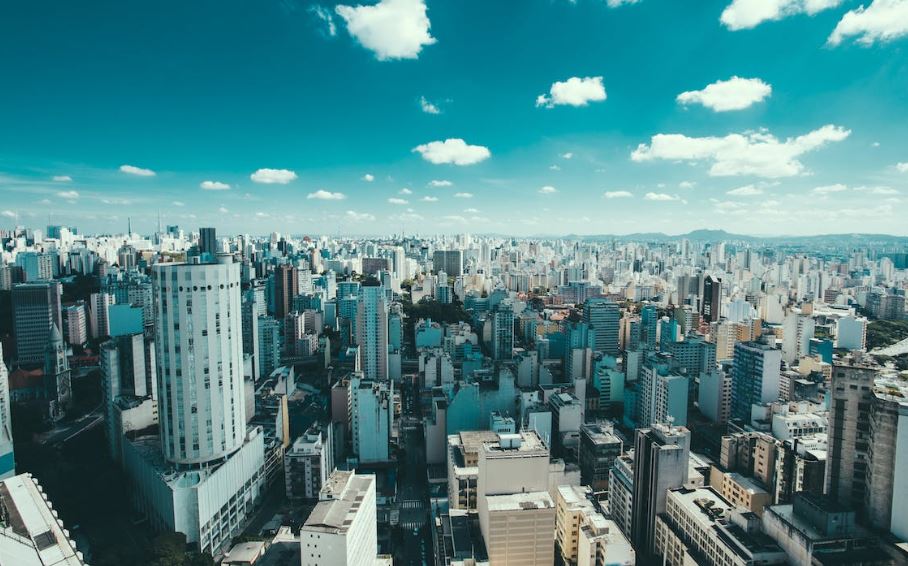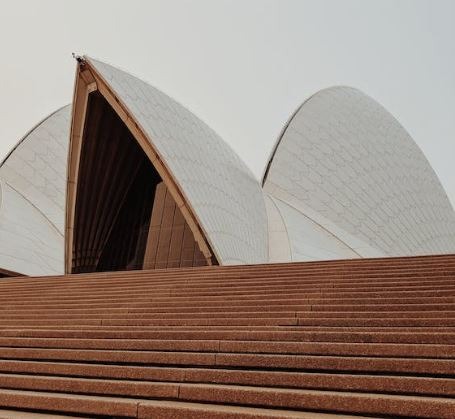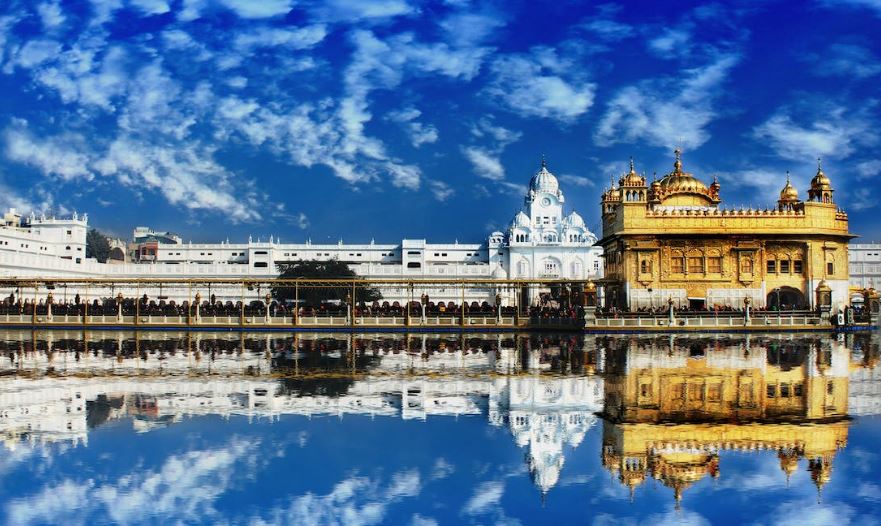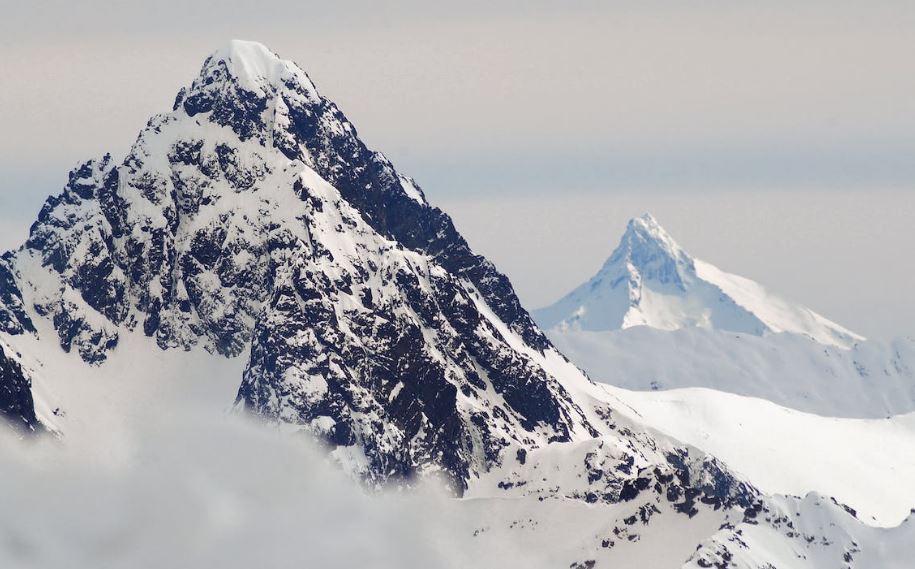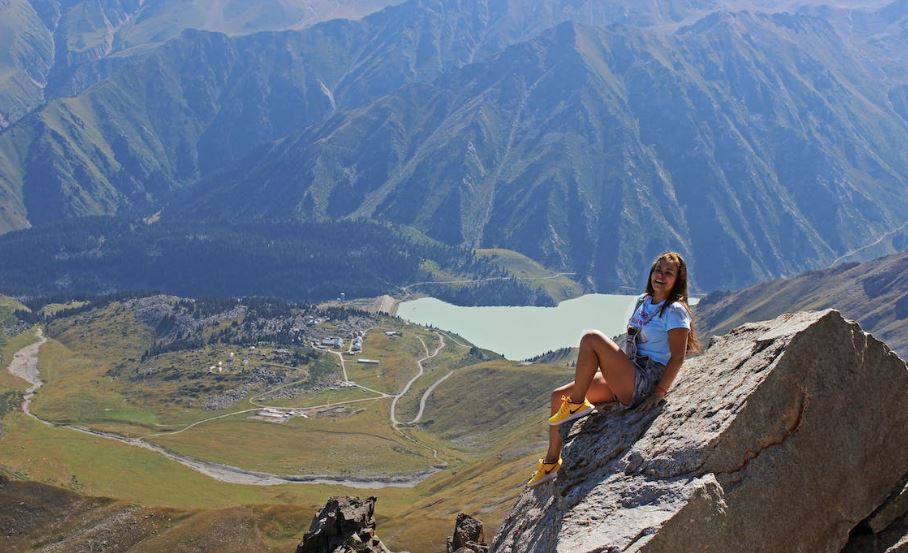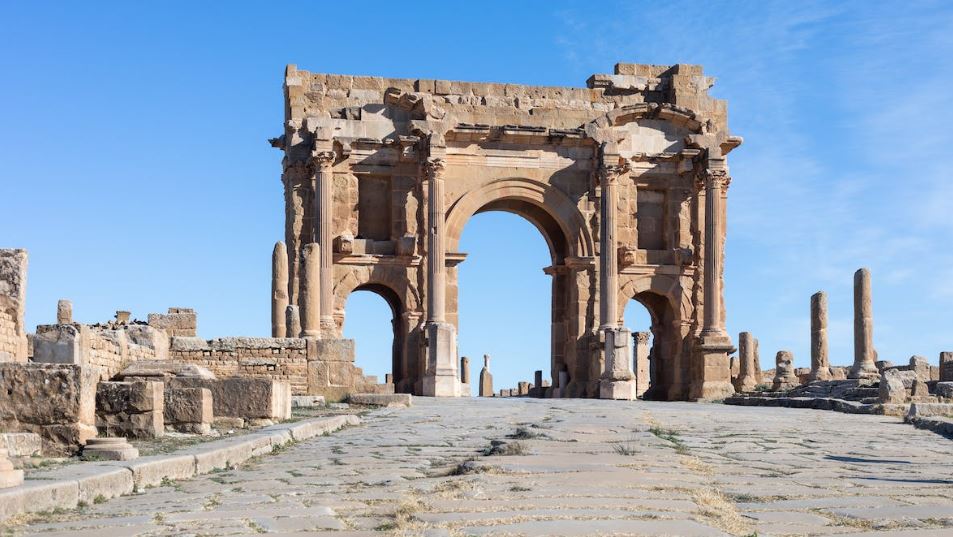There are many nations in the world, and they range widely in size. Some nations are modest in size, while others are vast. Russia, Canada, China, the United States, Brazil, Australia, India, Argentina, Kazakhstan, and Algeria are the ten largest nations in the world, ordered by total area. These nations account for more than 55% of the planet’s geographical area, making up a sizeable percentage of its surface.
It is noteworthy to notice that the Northern Hemisphere is home to several of the largest nations in the globe. Due to their geography, climate, and history, countries in the Northern Hemisphere typically have greater populations. For instance, the huge stretches of territory and harsh weather in Russia and Canada, both of which are in the far north, have kept their populations in check. The Northern Hemisphere is home to three huge nations with sizable populations: China, India, and the United States.
The largest countries in the world
Russia, Canada, the People’s Republic of China, the United States of America, Brazil, Australia, India, Argentina, Kazakhstan, and Algeria are the ten largest nations in the world in terms of total area. Russia has a total land area of 17.1 million km², making it the largest country in the world. With a total size of 10 million km², Canada is the second-largest country, while China is third with a total area of 9.7 million km².
With a total size of 9.4 million km², the United States ranks fourth among the largest nations in the world, and Brazil is fifth with 8.5 million km². With 7.7 million km², Australia is the sixth-largest nation in the world, and India is the seventh-largest with 3.3 million km². With a total size of 2.8 million km², Argentina is the eighth-largest country in the world. Kazakhstan is ranked ninth with a total area of 2.7 million km², and Algeria is ranked tenth with a total area of 2.4 million km².
The top ten largest nations in the world, listed by total area, are as follows:
Russia – 17,098,242 km²
With a total area of 17,098,242 Km² (6,601,665 mi²) and a land area of 16,376,870 Km² (6,323,142 mi²) or 11% of the globe’s 148,940,000 Km² (57,510,000 square miles), Russia is the largest country in the world. Visit our site on How to Visualize Land Size to understand measurements of lands.
Its borders with Norway, Finland, Estonia, Latvia, Lithuania, Poland, Belarus, Ukraine, Georgia, Azerbaijan, Kazakhstan, China, Mongolia, and North Korea are located on two continents, Asia and Europe. The Arctic and Pacific Oceans both have a significant portion of their shoreline. Russia’s size is a result of its geography and history, and its expansive landmass has contributed to its development.
Canada – 9,984,670 km²
A nation in North America is called Canada. It possesses the world’s longest coastline and is the second-largest country in terms of total area. From the Atlantic to the Pacific and northward into the Arctic Ocean, it is 10 provinces and three territories reach. It stands out for having a wide range of geological and meteorological zones. Most citizens of this sparsely populated country reside in urban areas south of the 55th parallel. Toronto, Montreal, and Vancouver are the three largest cities in Canada, with Ottawa serving as the capital.
People’s Republic of China – 9,706,961 km²
China, also referred to as the People’s Republic of China (PRC), is a country in East Asia. With a population of more than 1.4 billion, it has held the title of the most populous nation since at least 1950, but India is predicted to surpass it by the end of April 2023. China possesses 14, or the equivalent of five time zones, of the world’s total number of land borders. It is the third-largest country in the world by total land area, covering around 9.6 million square kilometers (3,700,000 sq mi). 22 provinces, 5 autonomous regions, 4 municipalities, and 2 special administrative units make up the nation (Hong Kong and Macau). Beijing serves as the nation’s capital, but Shanghai serves as its largest city and financial center.
United States of America – 9,372,610 km²
The United States of America, often known as the United States of America (U.S.A. or USA), or simply America, is a country with its primary territory located in North America. 50 States, 9 Minor Outlying Islands, 5 Significant Unincorporated Territories, and 326 Indian Reservations make up the union. The United States is the third-largest country in the world in terms of both land area and total area. Along with shared land borders with Canada to the north and Mexico to the south, it shares maritime borders with the Bahamas, Cuba, Russia, and other nations. It is the most populated nation in the Americas and the third most populous nation worldwide with a population of more than 333 million. Washington, D.C., serves as the nation’s capital, while New York metropolis is its most populated metropolis and main financial hub.
Brazil – 8,515,767 km²
The largest nation in both South and Central America is Brazil, officially the Federative Republic of Brazil (Portuguese: Republica Federativa do Brasil). Brazil, which has a surface area of 8.5 million square kilometers (3,300,000 square miles) and more than 217 million people, is the fifth-largest country in the world by area and the seventh-most populated country. Its most populous city is So Paulo and its capital is Brasilia. The federation is composed of the union of the 26 states and the Federal District. This is the only country in the Americas where Portuguese is a recognized language. Due to more than a century of widespread immigration from all over the world, it is one of the most cosmopolitan and ethnically varied countries and the most populous nation with a Roman Catholic majority.
Australia – 7,692,024 km²
The interior of the Australian continent, the island of Tasmania, and several other smaller islands make up Australia, or the Commonwealth of Australia, a sovereign state. Australia is the sixth-biggest nation in the world and the largest country in Oceania by area. Australia is the oldest, flattest, driest, and least fertile continent in the world. With deserts in the middle, tropical rainforests in the northeast, tropical savannas in the north, and mountain ranges in the southeast, it is a megadiverse nation with a wide diversity of topographies and temperatures.
India – 3,287,590 km²
India is a nation in South Asia, formally known as the Republic of India (IAST: Bhrat Gaarjya). With a current population of over 1.4 billion, it has been the second most populous nation since at least 1950, and by the end of April 2023, it will surpass China to assume the top spot. India is the seventh-largest nation by geographical area, and it shares land boundaries with Pakistan to the west, China, Nepal, and Bhutan to the north, Bangladesh, and Myanmar to the east, and the Indian Ocean to the south, the Arabian Sea to the southwest, and the Bay of Bengal to the southeast. India shares a maritime border with Thailand, Myanmar, and Indonesia on its Andaman and Nicobar Islands, which are located in the Indian Ocean near Sri Lanka and the Maldives.
Argentina – 2,780,400 km²
Argentina, or the Argentine Republic[A], is a nation in South America’s southern region. Argentina is the fourth-largest nation in the Americas, the eighth-largest nation in the globe, and the second-largest country in South America after Brazil, with a total land area of 2,780,400 km² (1,073,500 sq mi). It is surrounded by Chile to the west, Bolivia and Paraguay to the north, Brazil to the northeast, Uruguay and the South Atlantic Ocean to the east, and the Drake Passage to the south. It also shares the majority of the Southern Cone with Chile. Argentina is a federal state with 23 provinces and Buenos Aires, the federal capital and biggest metropolis in the country, is its only autonomous city. Despite having separate constitutions, the provinces and the nation’s capital operate within a federal structure. Argentina asserts its control over a portion of Antarctica, the South Georgia and the South Sandwich Islands, and the Falkland Islands.
Kazakhstan – 2,724,900 km²
Kazakhstan, or the Republic of Kazakhstan, is a landlocked nation that spans two continents. It is primarily located in Central Asia and a small portion of it is in Eastern Europe. With a Caspian Sea coastline, it shares borders with Turkmenistan to the southwest, China to the east, Kyrgyzstan to the southeast, Uzbekistan to the south, and Russia to the north and west. Astana, which will be called as Nur-Sultan from 2019 to 2022, is its capital. Up until 1997, Kazakhstan’s capital was Almaty, the largest city in the nation. The largest landlocked nation and ninth-largest country in terms of land area is Kazakhstan. With fewer than 6 people per square kilometer (15 people per square mile), it has one of the lowest population densities in the world and a population of 19 million. The bulk of the population is made up of ethnic Kazakhs, while a sizeable minority is made up of ethnic Russians. Kazakhstan is a majority-Muslim nation that is officially secular, yet there is a sizable Christian population among the ethnic Russian population. You can learn more about the culture and tradition of people in Kazakhstan through the clothes they wear. Learn more about it in our post, What Makes the Kazakh Shapan a Unique Symbol of Central Asian Culture?
Algeria – 2,381,741 km²
Algeria is a nation in North Africa that is formally known as the People’s Democratic Republic of Algeria. Algeria’s neighbors include Tunisia to the northeast, Libya to the east, Niger to the southeast, Mali, Mauritania, and Western Sahara to the southwest, Morocco to the west, and the Mediterranean Sea to the north. It is regarded as a component of North Africa’s Maghreb. It has a semi-arid climate, with the Sahara dominating the south and the fertile north housing the majority of the inhabitants. With an area of 2,381,741 square kilometers (919,595 sq mi), Algeria is the largest country in Africa and the tenth largest country in the world overall. It is more than 200 times bigger than The Gambia, which is the smallest nation on the continent. With 44 million people, Algeria is the 32nd-most populous nation in the world and the tenth-most populous nation in Africa. Algiers, which is in the extreme north along the Mediterranean coast, is the country’s capital and largest city.

